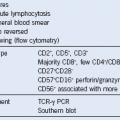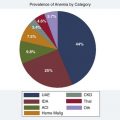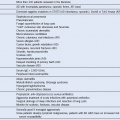Optimal hematopoietic stem cell (HSC) migration from the bone marrow (BM) to the circulation (mobilization) for donor cell transplant harvest and from the recipient blood into the BM (homing) for stem cell lodgment is an essential prerequisite for successful BM reconstitution in clinical transplantation. Discussed in this chapter, experimental systems involving human and murine hematopoietic stem and progenitor cells (HSPCs) enable dissecting these migration processes to identify regulatory mechanisms to improve clinical settings. Current understanding of HSPC biology reveals that these cells home to the BM homeland, where they proliferate and differentiate, giving rise to multilineage hematopoietic cells while maintaining a small pool of primitive stem cells. The majority of HSPCs remain confined to the BM cavity in a nonmotile mode, adjacent to niche supportive cells that preserve them in a quiescent, nonproliferative mode, but a very low level of primitive progenitors and stem cells also continuously egress to the circulation as part of homeostasis. The levels of these rare migrating HSPCs are dramatically enhanced during alarm situations caused by injury and inflammation as part of host defense and repair mechanism. The physiologic process of enhanced HSPC recruitment from the BM has been used clinically to accelerate stem and progenitor cell migration to the circulation. Thus, collection of HSPCs from the donor’s peripheral blood, rather than from their BM became the most common clinical protocol for BM transplantation (BMT).
Clinical BMT has gained immense success within the past 4 decades in the treatment of malignant hematologic diseases and immunodeficiency states by providing long-term immune recovery after high-dose chemotherapy.1 The basic premise in BMT is using either a patient’s own stem cells (i.e., autologous BMT) used primarily as stem cell support for myeloma or lymphoma undergoing intensive chemotherapy. Alternatively, allogeneic BMT, performed for the most part in the setting of marrow-infiltrating malignancies such as leukemia, uses donor stem cells infused to a patient, thus capitalizing on the graft-versus-leukemia effect, which affords significant reduction in relapse rate. One of the major clinical obstacles facing BM transplant experts today is the mobilization of the so-called “difficult mobilizers” who fail to mobilize the required amount of CD34 progenitors.2
Only gold members can continue reading.
Log In or
Register to continue









